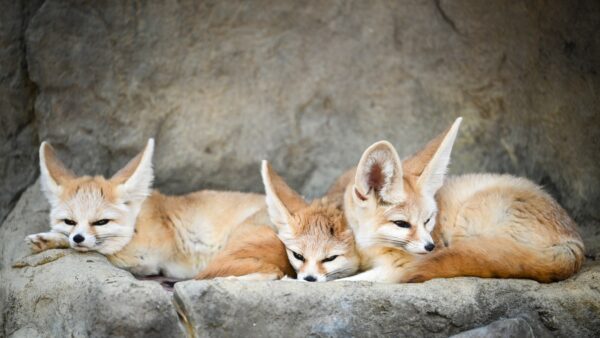Zoos offer a unique opportunity for people to observe and learn about various animals from all corners of the world. From the largest mammals to the tiniest insects, zoos are a treasure trove of fascinating creatures. In this article, we’ll explore 10 amazing facts about animals in a zoo that will undoubtedly pique your curiosity and expand your appreciation for these captivating beings.
1. Elephants Communicate in Infrasound
Elephants use low-frequency sounds called infrasound to communicate over long distances. These sounds, inaudible to humans, allow elephants to share important information, such as the location of food or water sources, potential threats, and social interactions.
2. Giraffes Have a Unique Cardiovascular System
A giraffe‘s long neck requires a specialized cardiovascular system to pump blood to its brain. They have an enlarged heart and a complex network of blood vessels, which includes a series of one-way valves to prevent blood from flowing backward when they lower their heads to drink.
3. Capybaras Are Highly Social Animals
As the largest rodents in the world, capybaras are known for their social behavior. They live in groups called “herds, ” including up to 100 individuals. Capybaras are also known to bond with other species, often seen cohabiting with birds, turtles, and even alligators.
4. Kangaroos Can’t Walk Backwards
Kangaroos have powerful hind legs designed for hopping, but this unique anatomy prevents them from walking backward. Their large, muscular tails provide balance and support while jumping but make it impossible for them to move in reverse.
5. Sloths Have Algae Growing on Their Fur
Sloths move so slowly that algae can grow on their fur, providing a unique form of camouflage. This greenish hue allows sloths to blend in with their leafy surroundings, keeping them hidden from predators.
6. Flamingos Are Pink Due to Their Diet
The beautiful pink color of flamingos comes from the food they eat, such as shrimp and algae, which contain pigments called carotenoids. These pigments are stored in the flamingo’s feathers, turning them pink. The more carotenoids in their diet, the brighter their color.
7. Komodo Dragons Use Venom to Paralyze Prey
While it was once thought that Komodo dragons relied on bacteria-infested saliva to bring down their Prey, recent studies have shown that these giant lizards possess venom glands. The venom contains toxins that lower blood pressure and induce paralysis, making it easier for the Komodo dragon to subdue its Prey.
8. Penguins Have Waterproof Feathers
Penguins have a unique system of interlocking feathers that create a waterproof barrier. These feathers are coated with a special oil produced by a gland near the base of their tail, which they spread across their feathers during preening. This oil helps repel water, allowing penguins to stay warm and dry in their cold, wet habitats.
9. Chimpanzees Use Tools for Various Tasks
Chimpanzees are known for their impressive cognitive abilities and problem-solving skills. One example is their use of tools, such as sticks, to extract termites from their nests or leaves to scoop up water for drinking.
10. Octopuses Are Masters of Disguise
Octopuses possess incredible camouflage abilities thanks to specialized cells in their skin called chromatophores. These cells allow them to change color and texture to blend in with their surroundings, making them nearly invisible to predators.
By learning about these amazing facts
, we can deepen our appreciation for the diverse and fascinating world of animals that reside in zoos. As we explore these creatures’ unique adaptations and behaviors, we can also better understand the importance of conservation efforts to protect them and their habitats.
Bonus Fact: Fennec Foxes Have Huge Ears for Thermoregulation
Fennec foxes, native to the Sahara Desert, have exceptionally large ears which serve a crucial purpose. These oversized ears help dissipate heat and regulate body temperature in extreme desert conditions. The large surface area of their ears allows for better heat exchange, keeping them cool even in scorching temperatures.
In conclusion, zoos provide an excellent opportunity to observe and learn about our planet’s incredible diversity of animal life. These 10 amazing facts are just a small sample of the countless wonders that can be found in zoos around the world. We can contribute to conservation efforts by visiting and supporting zoos and helping protect these amazing creatures for future generations.


